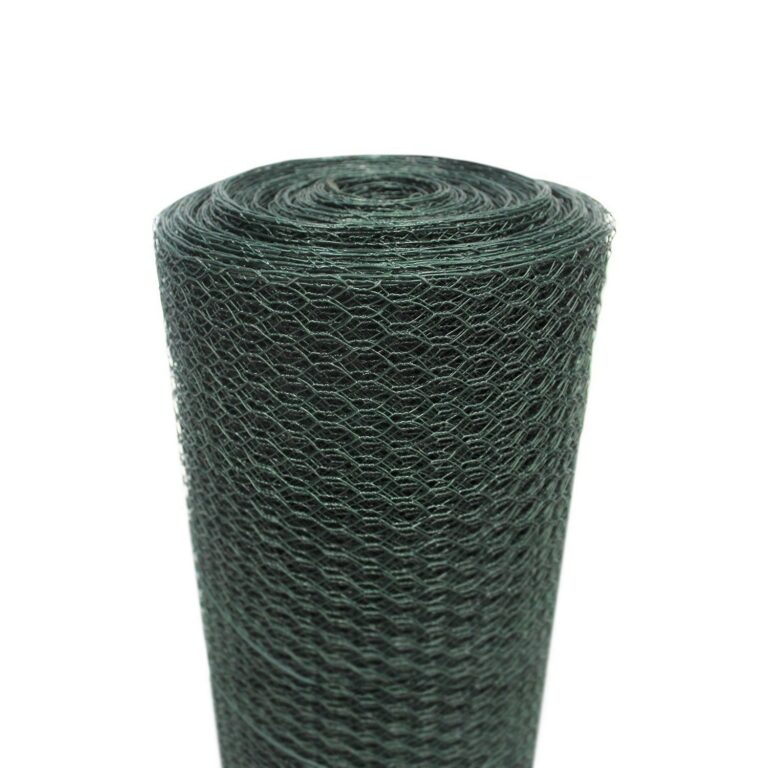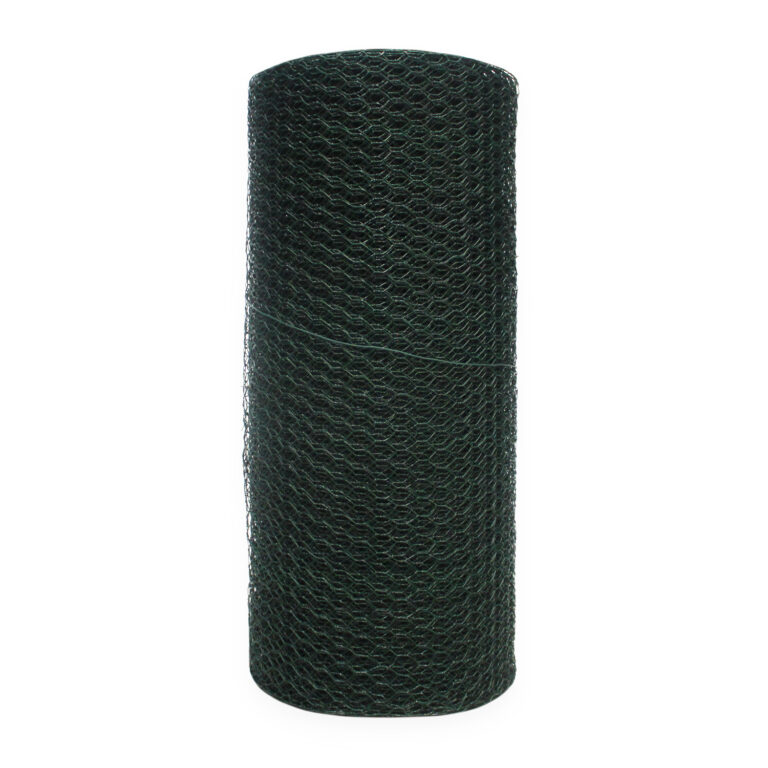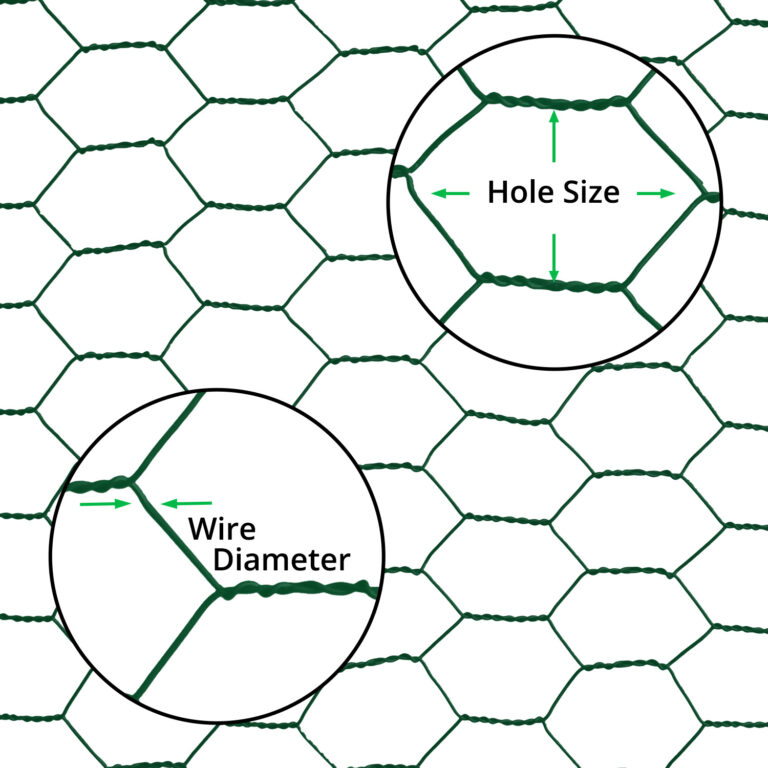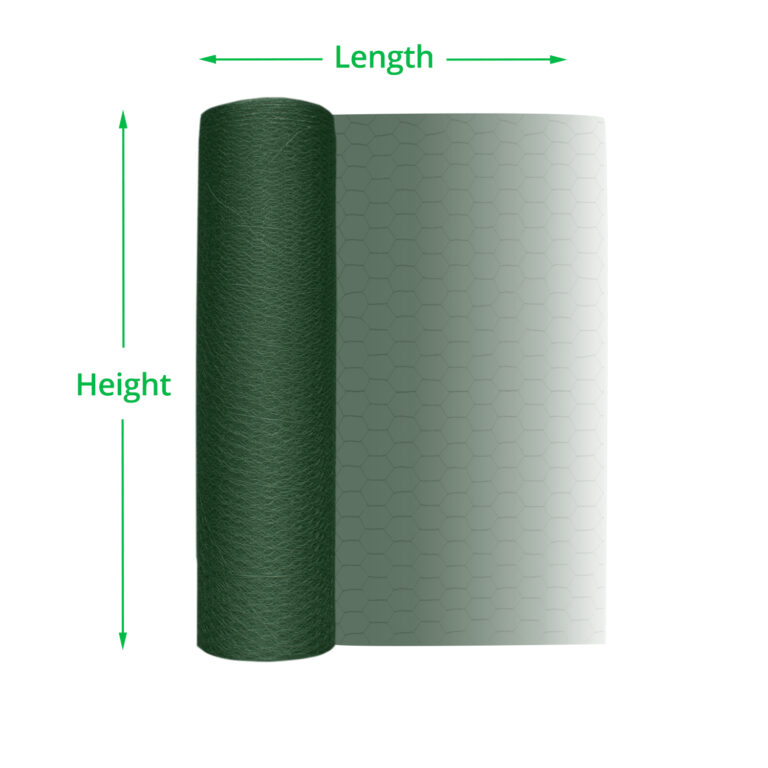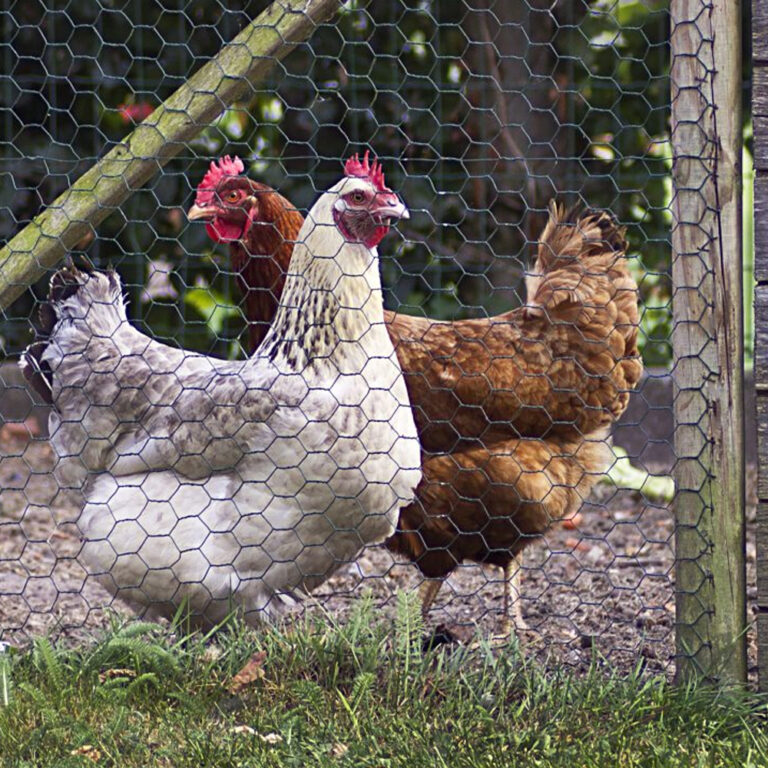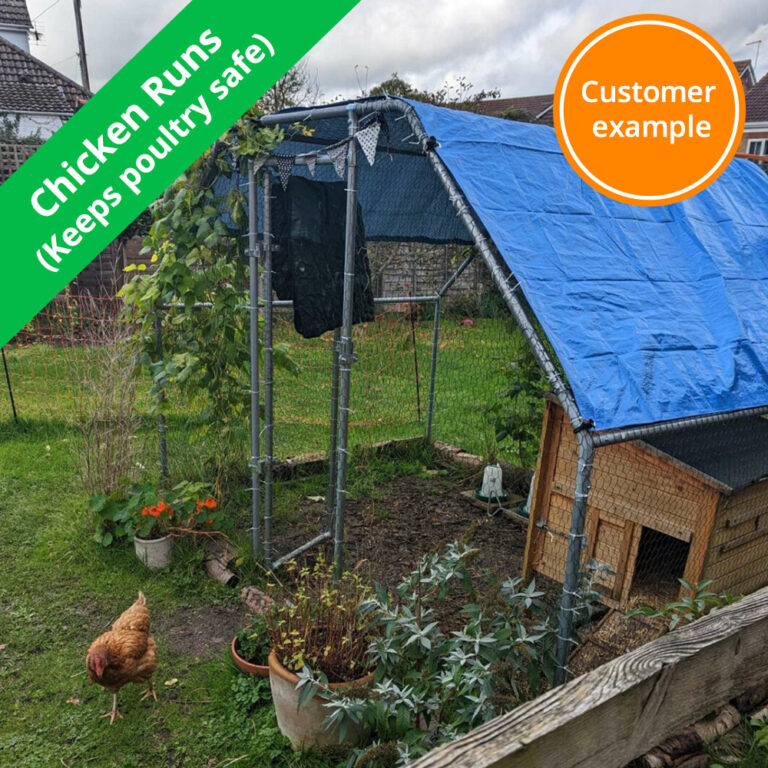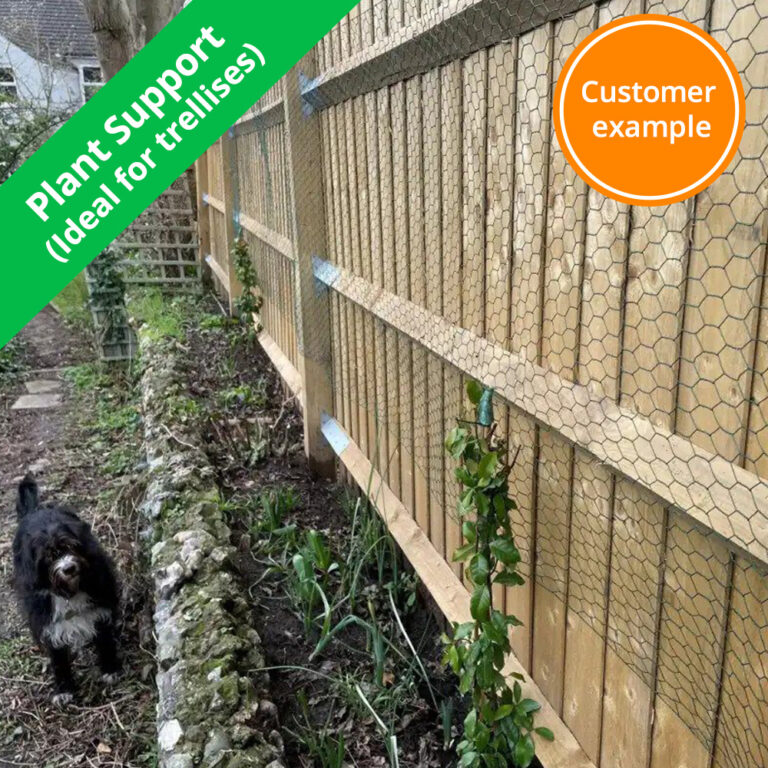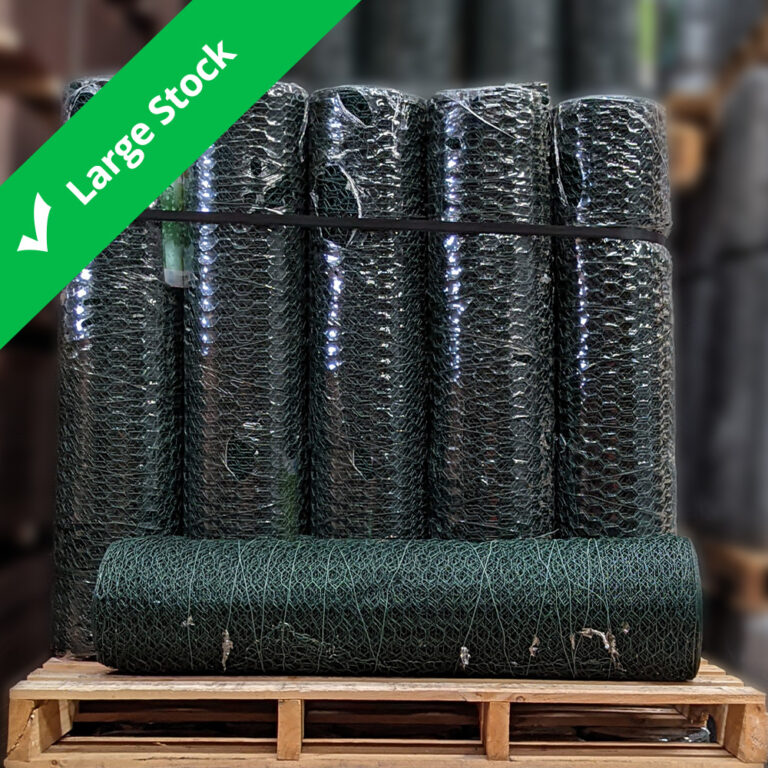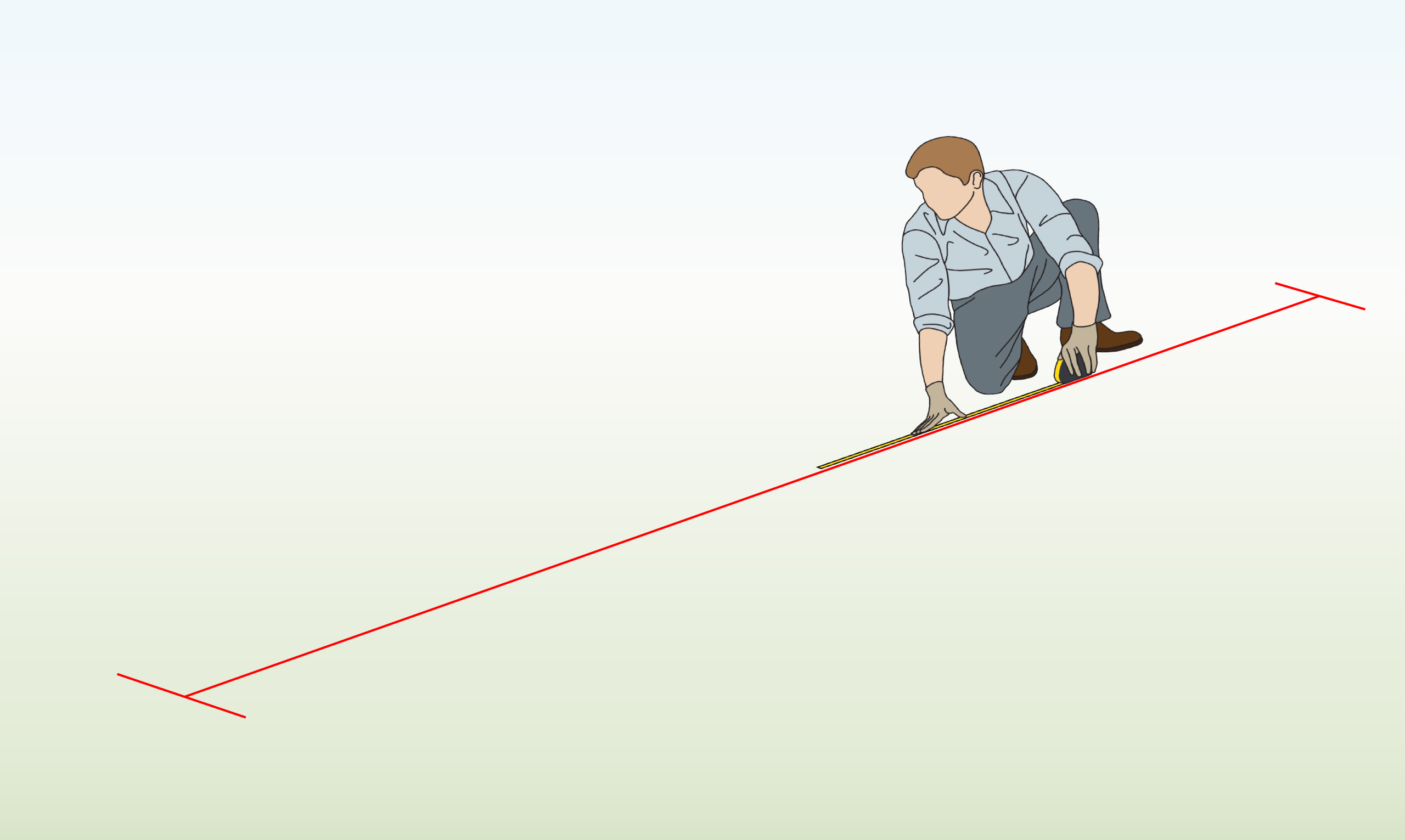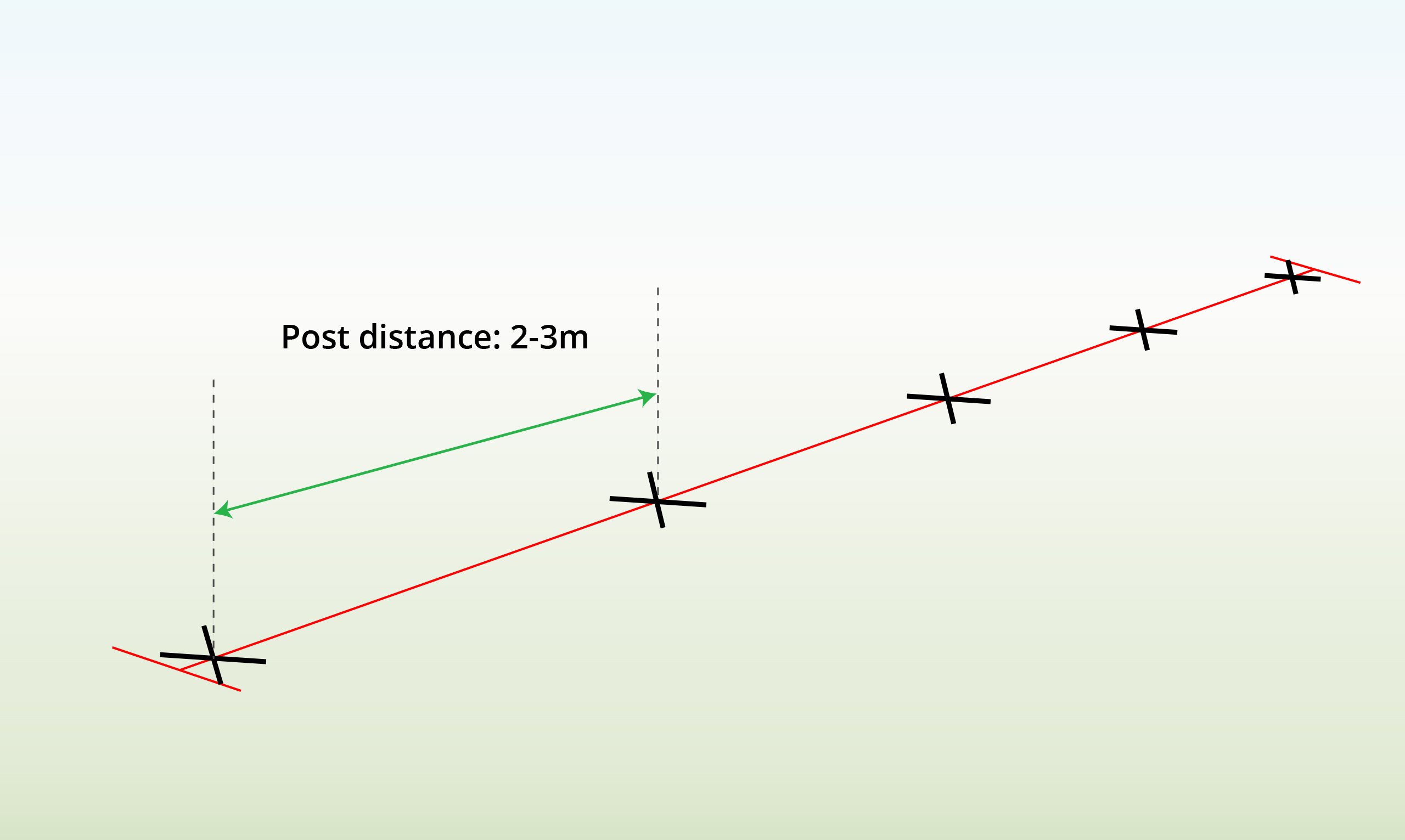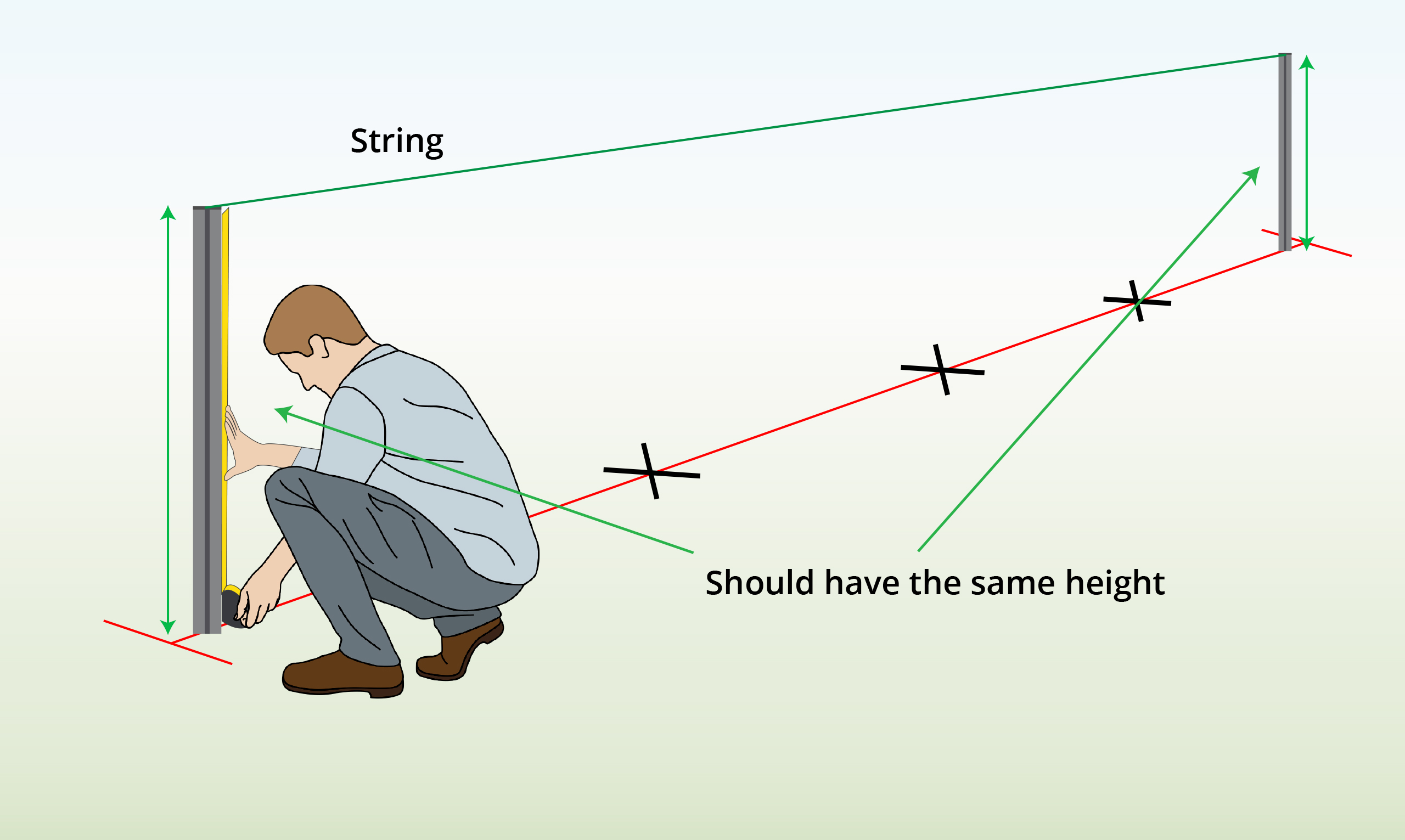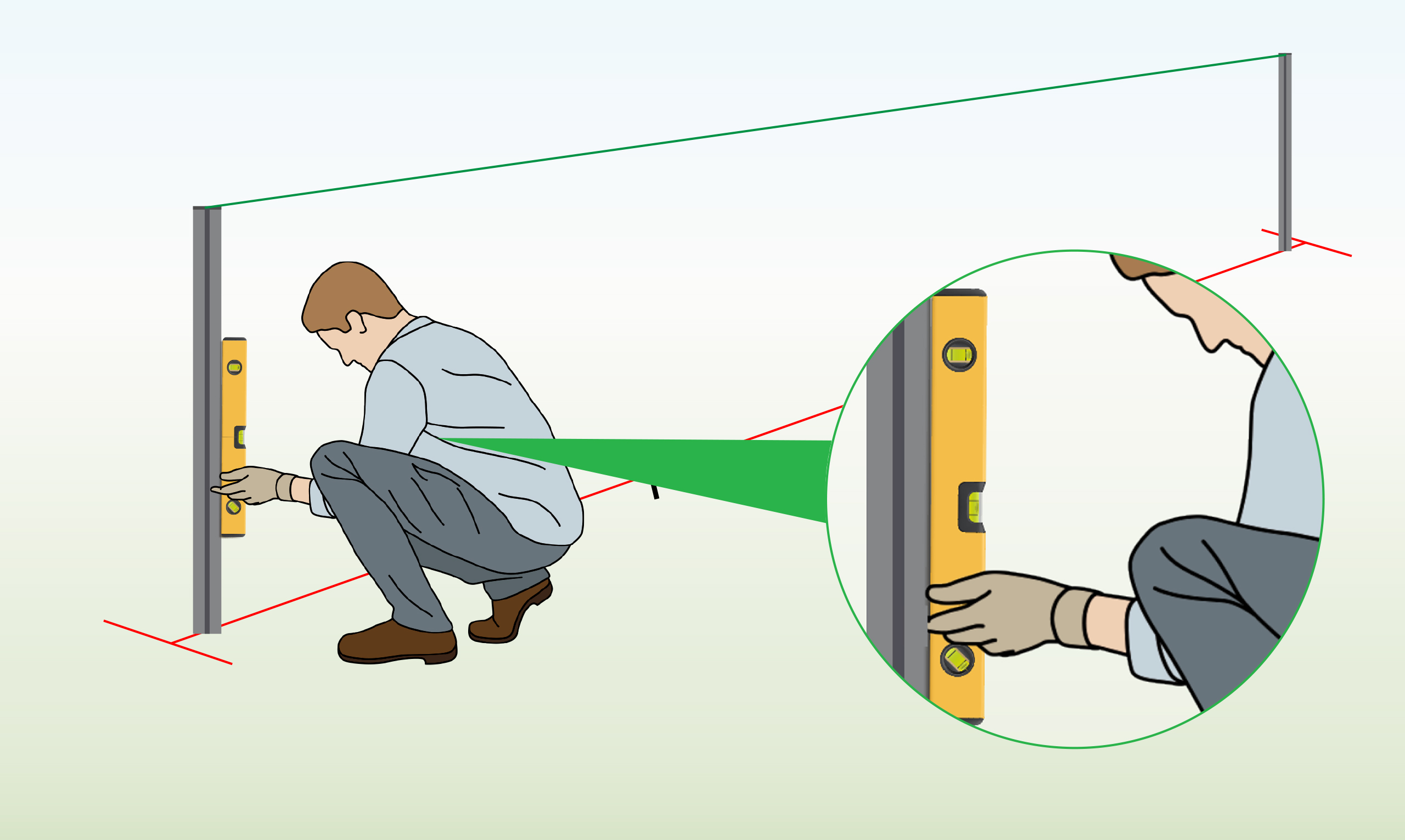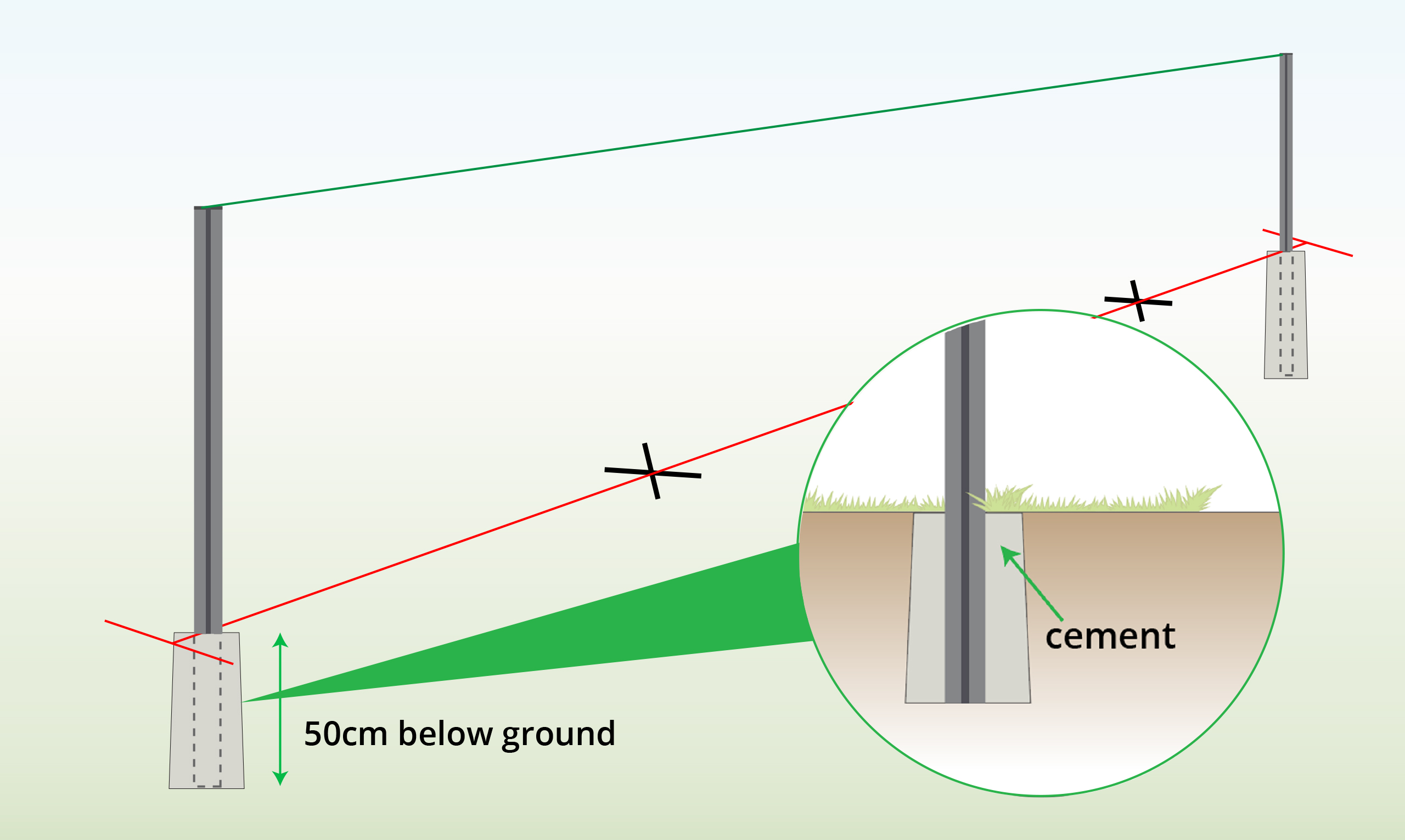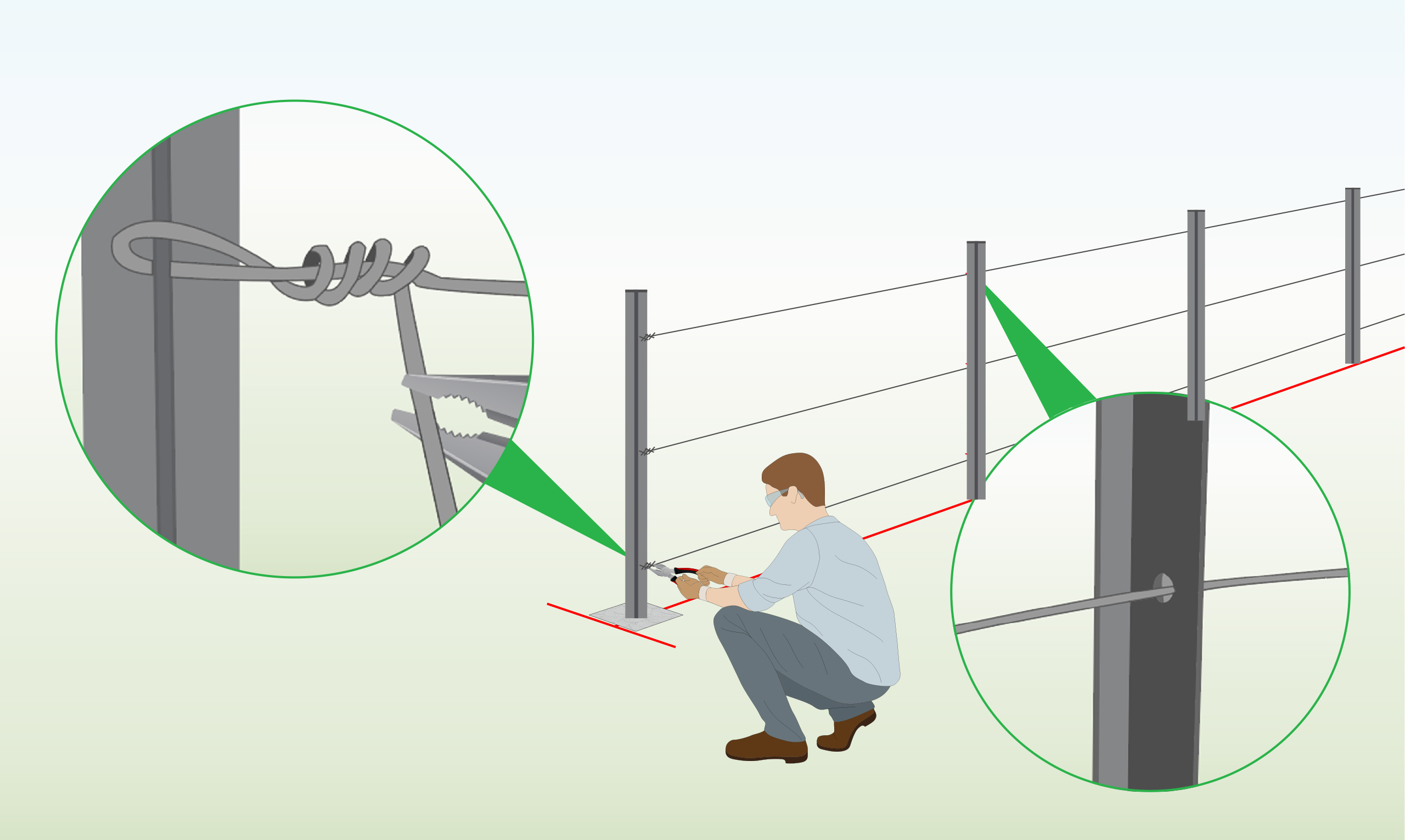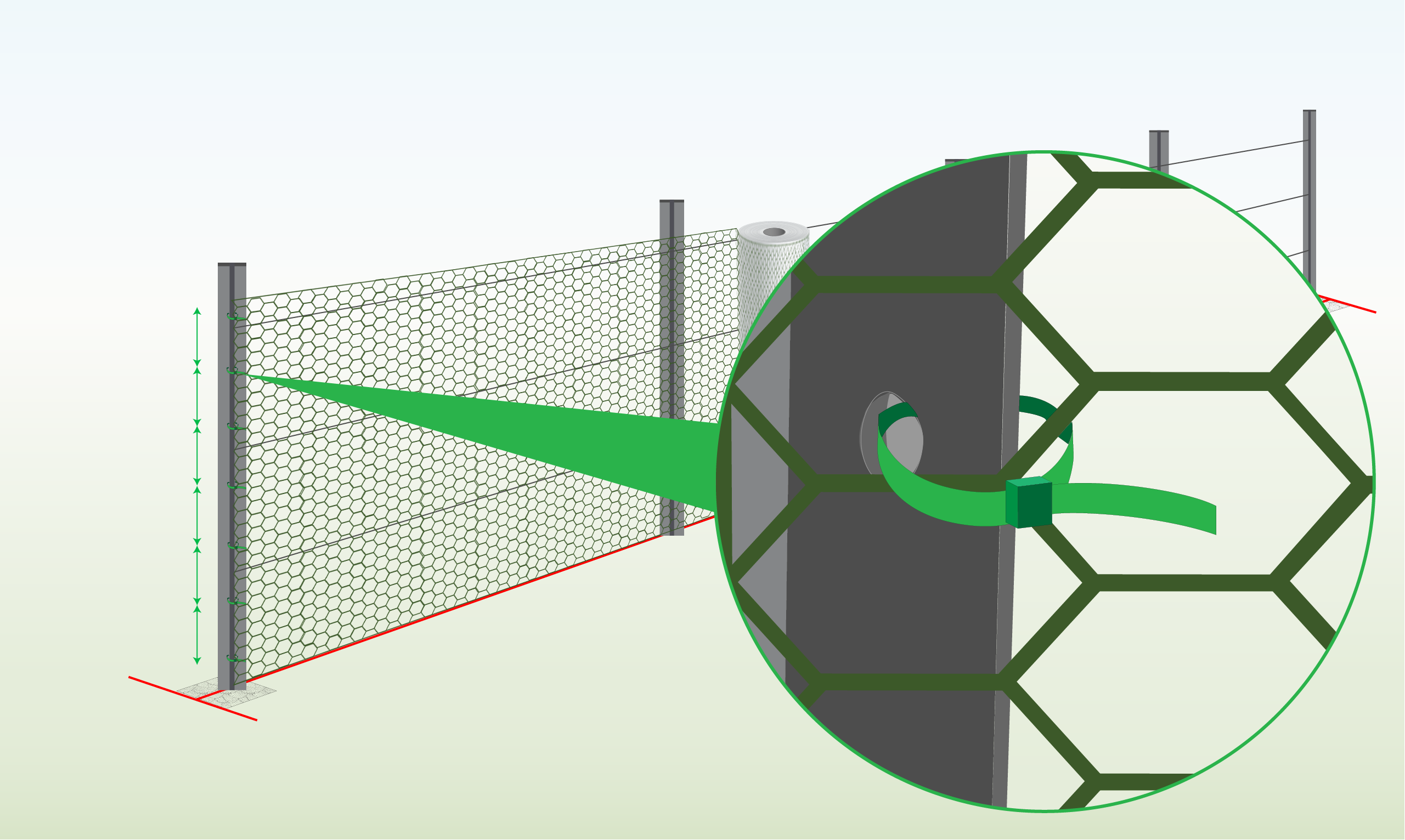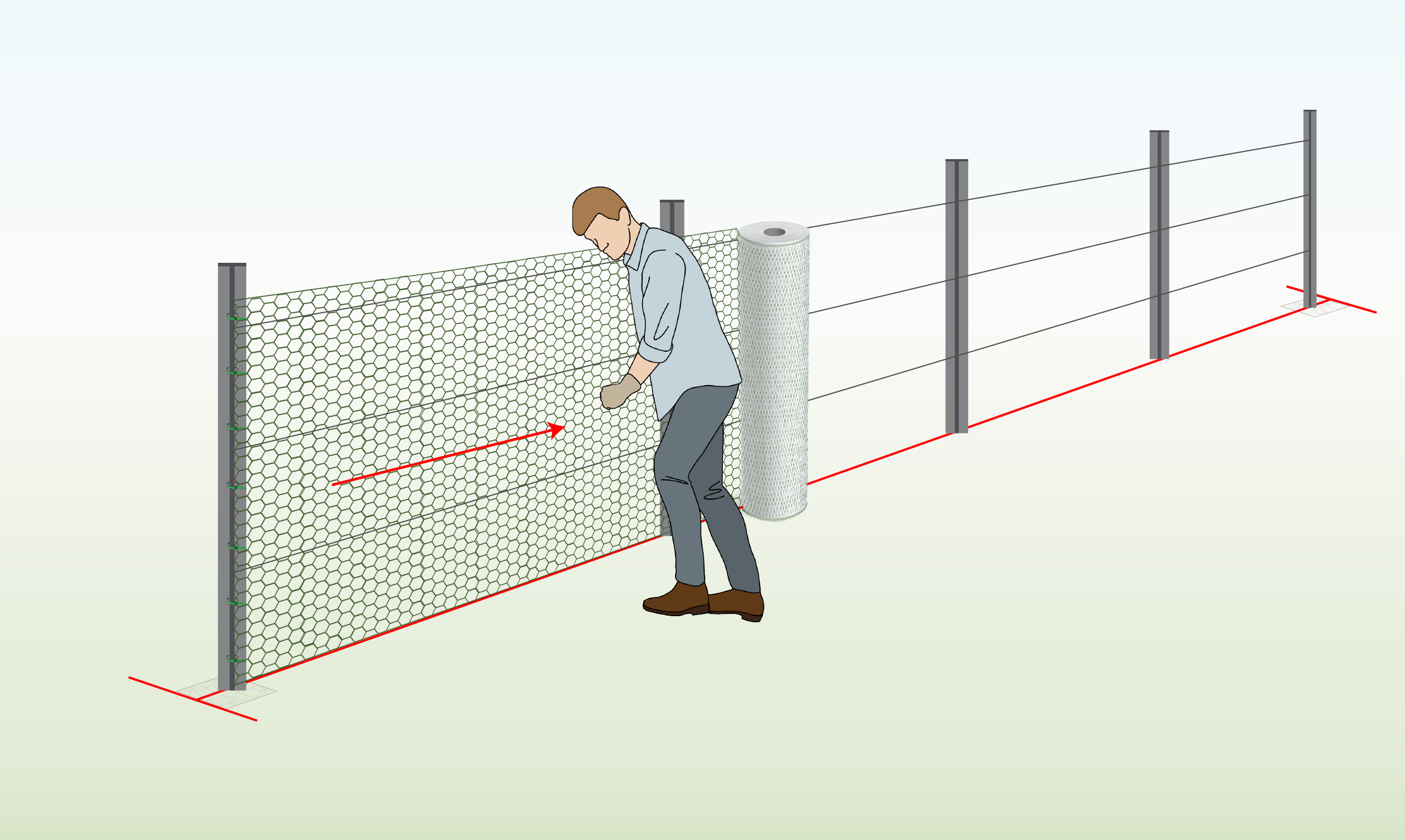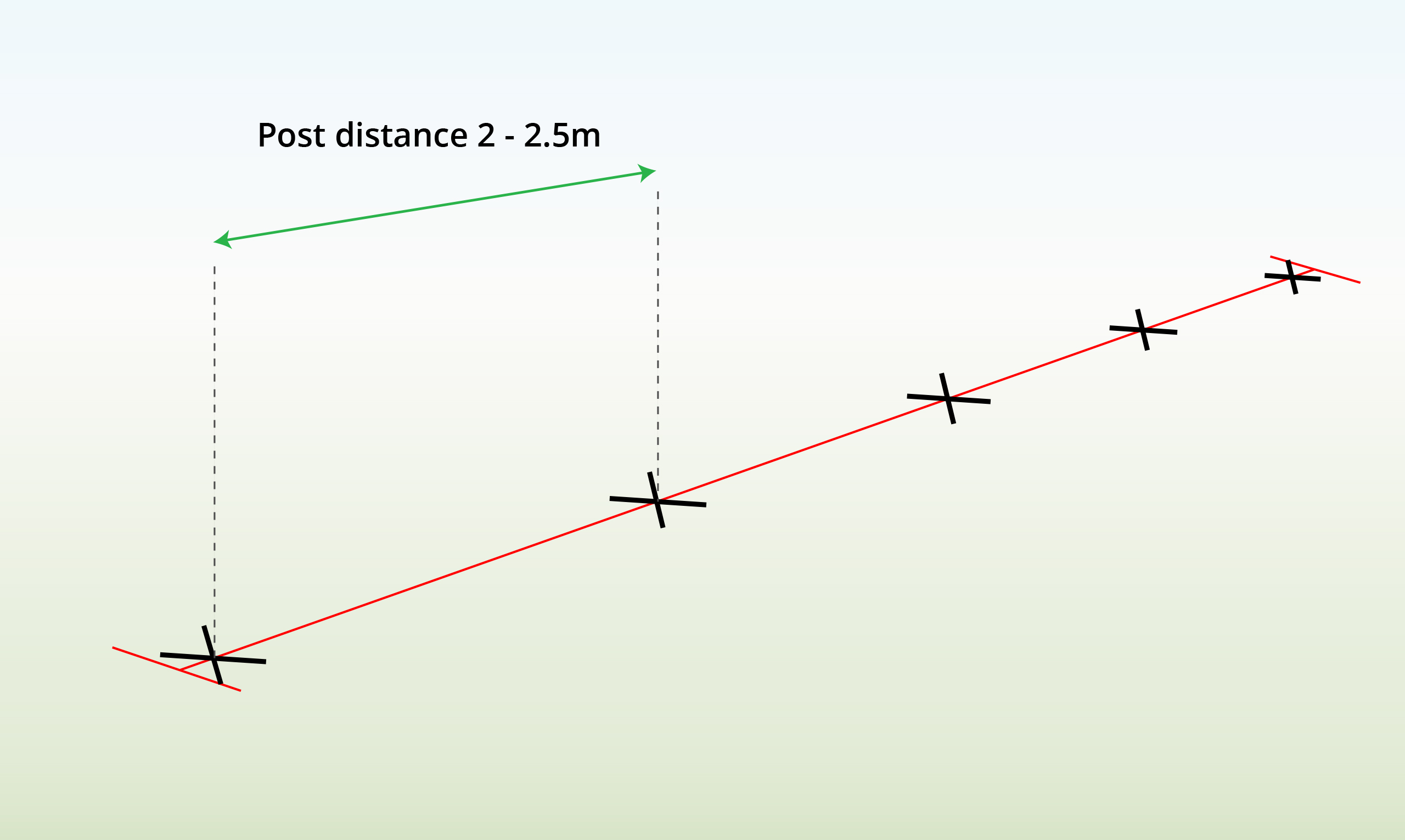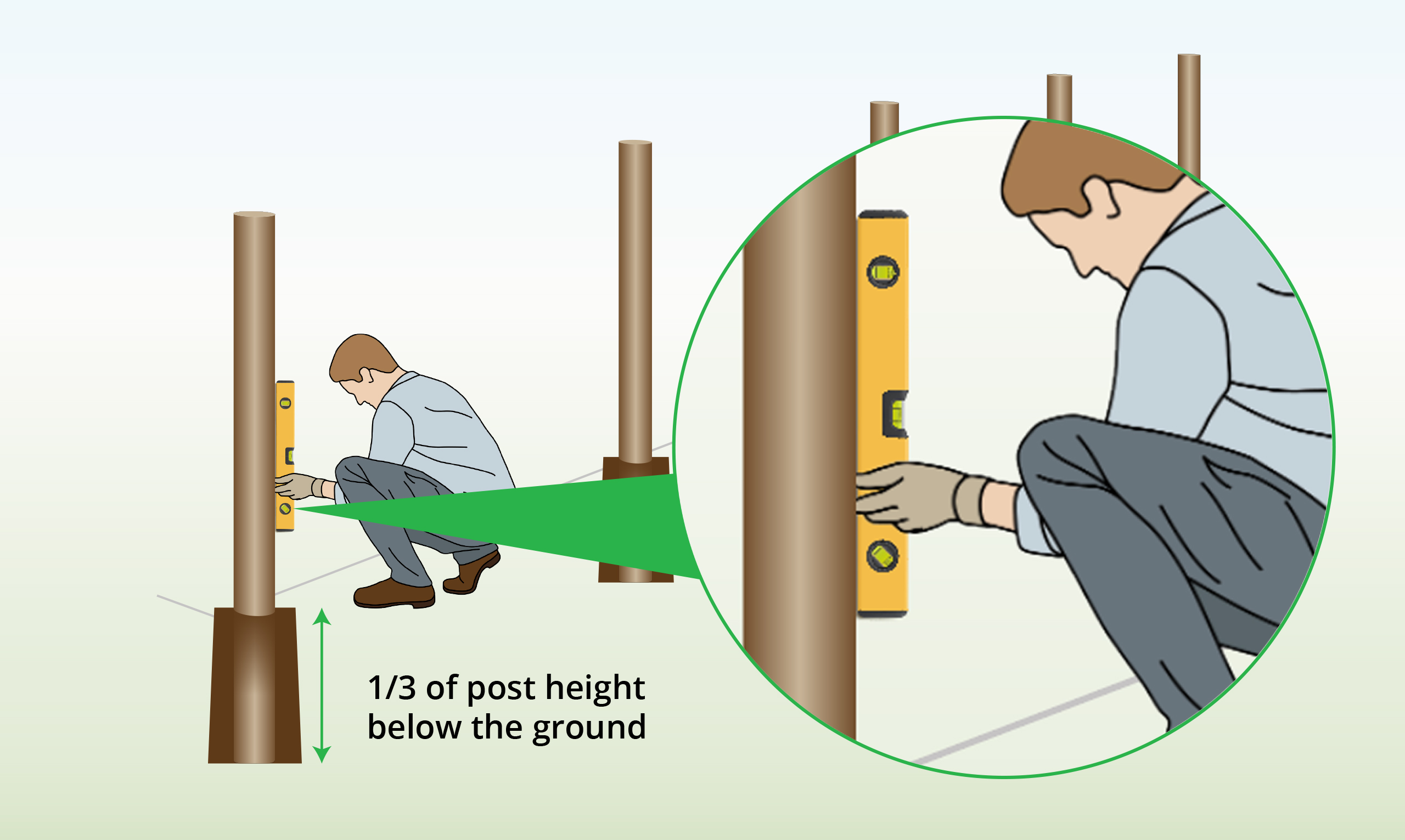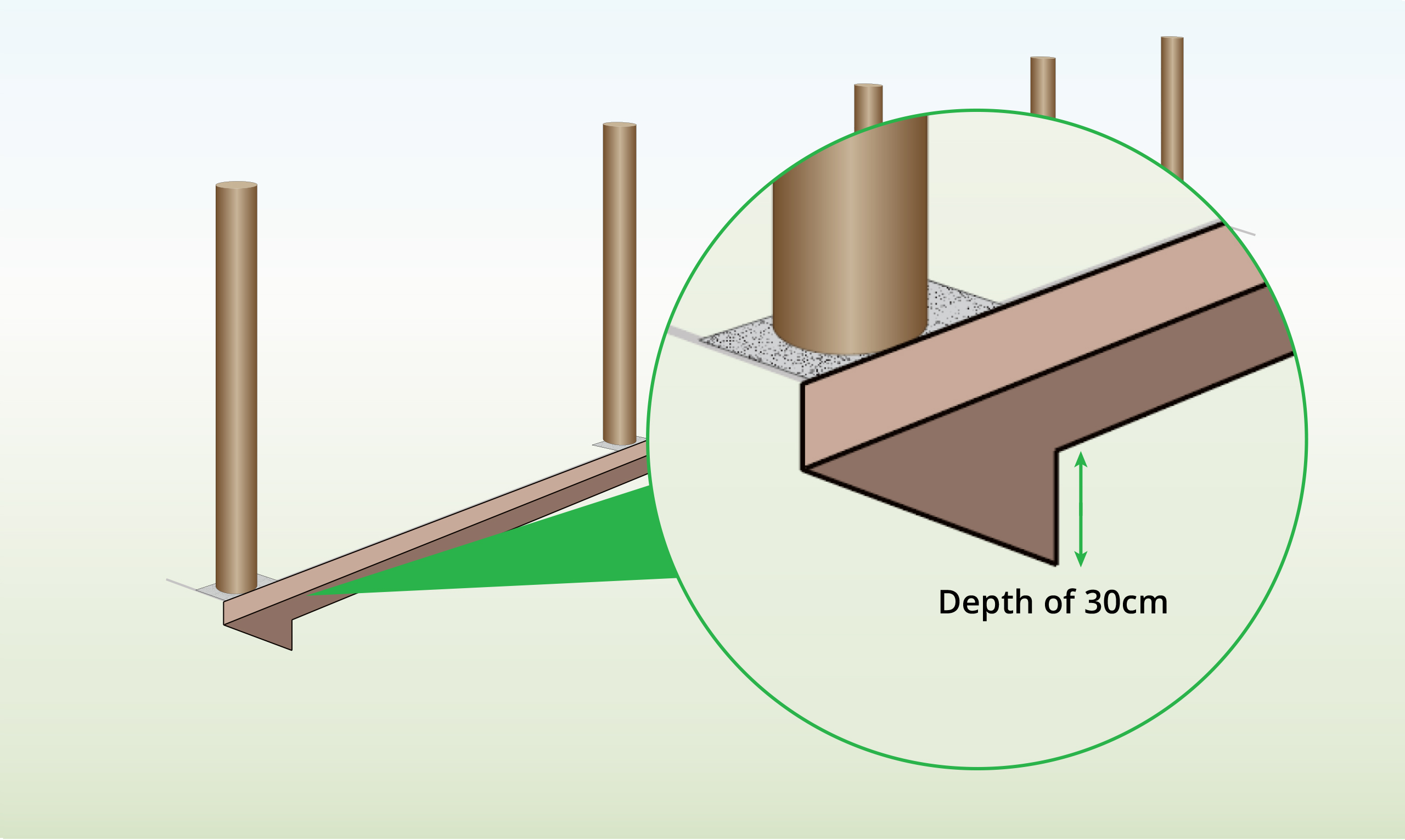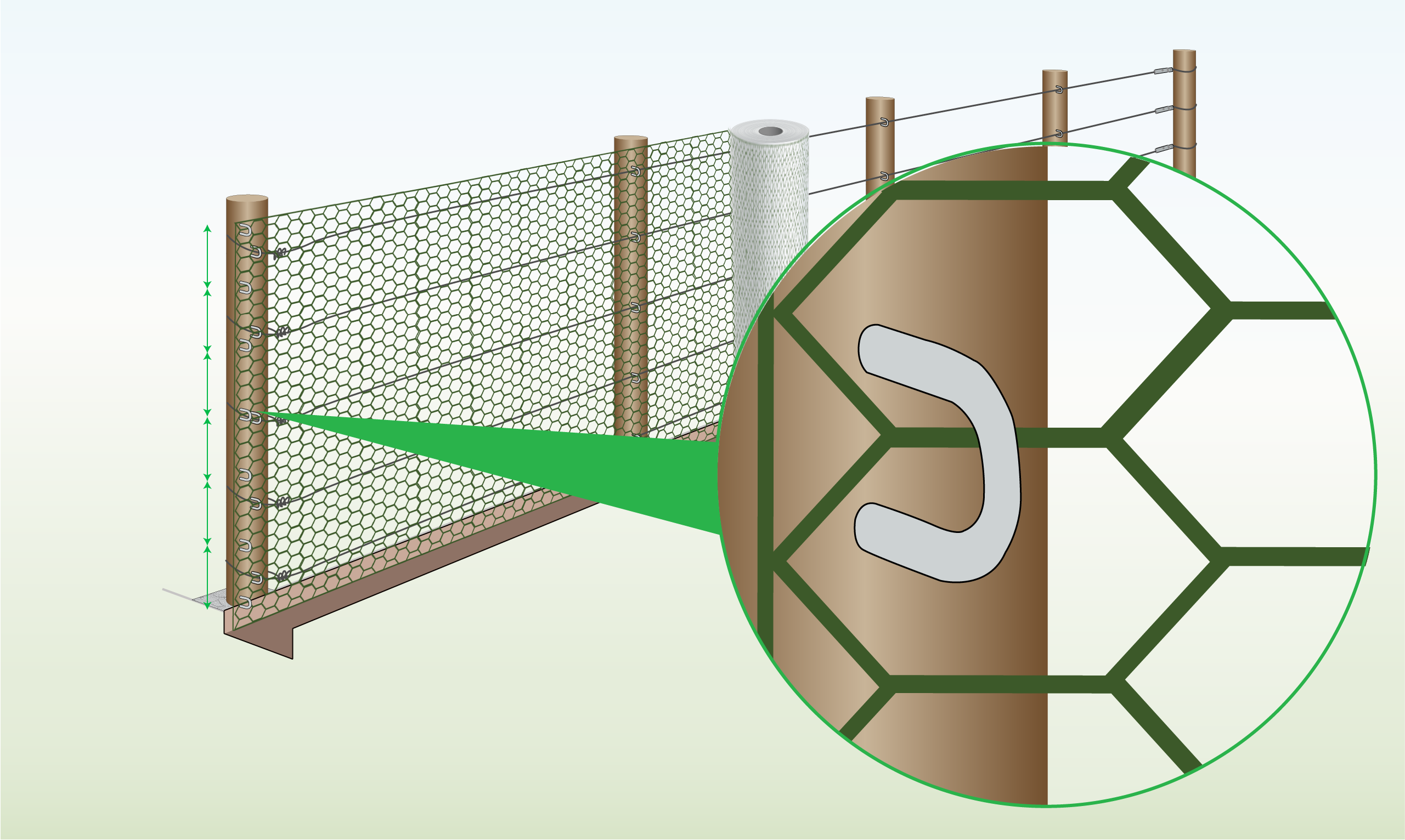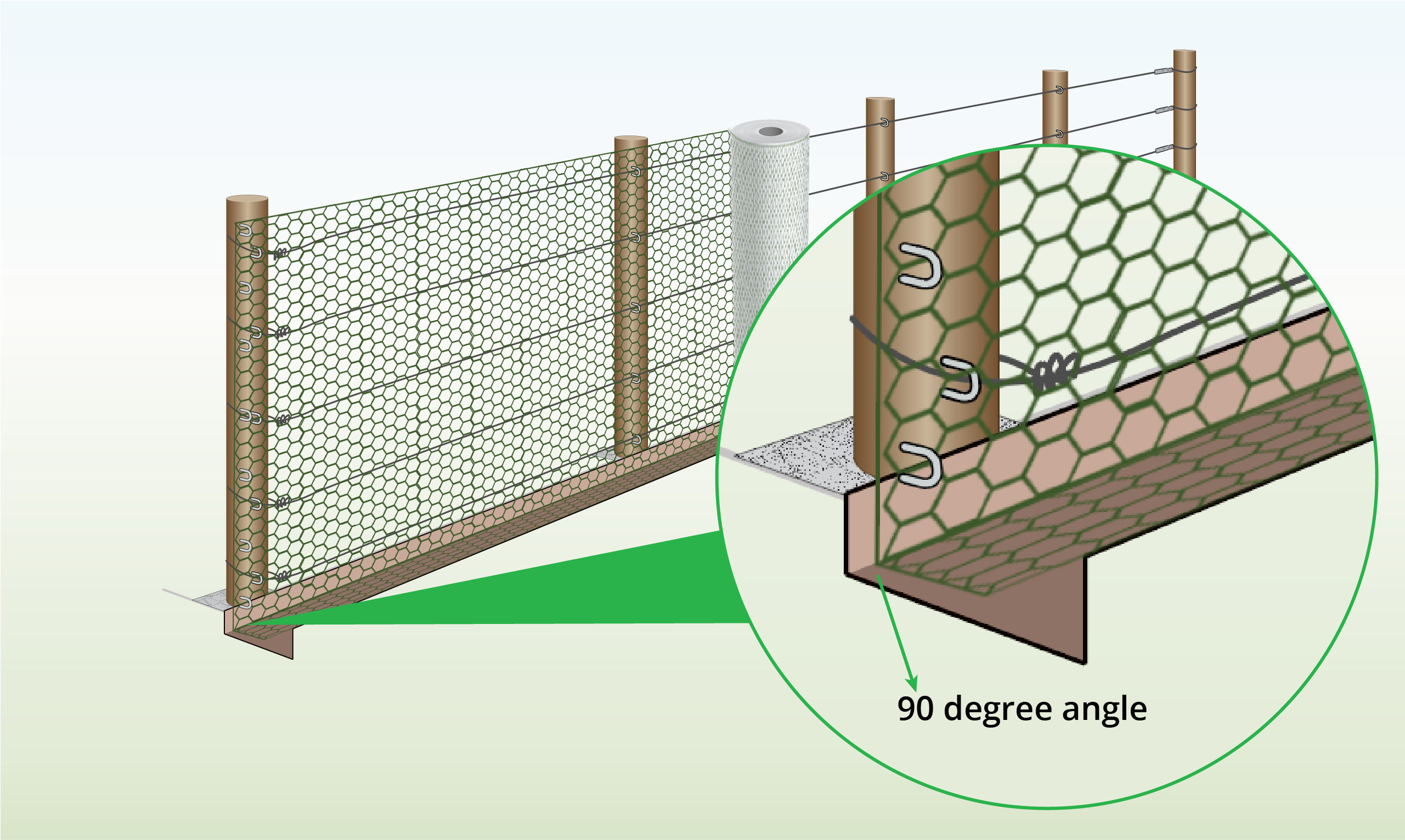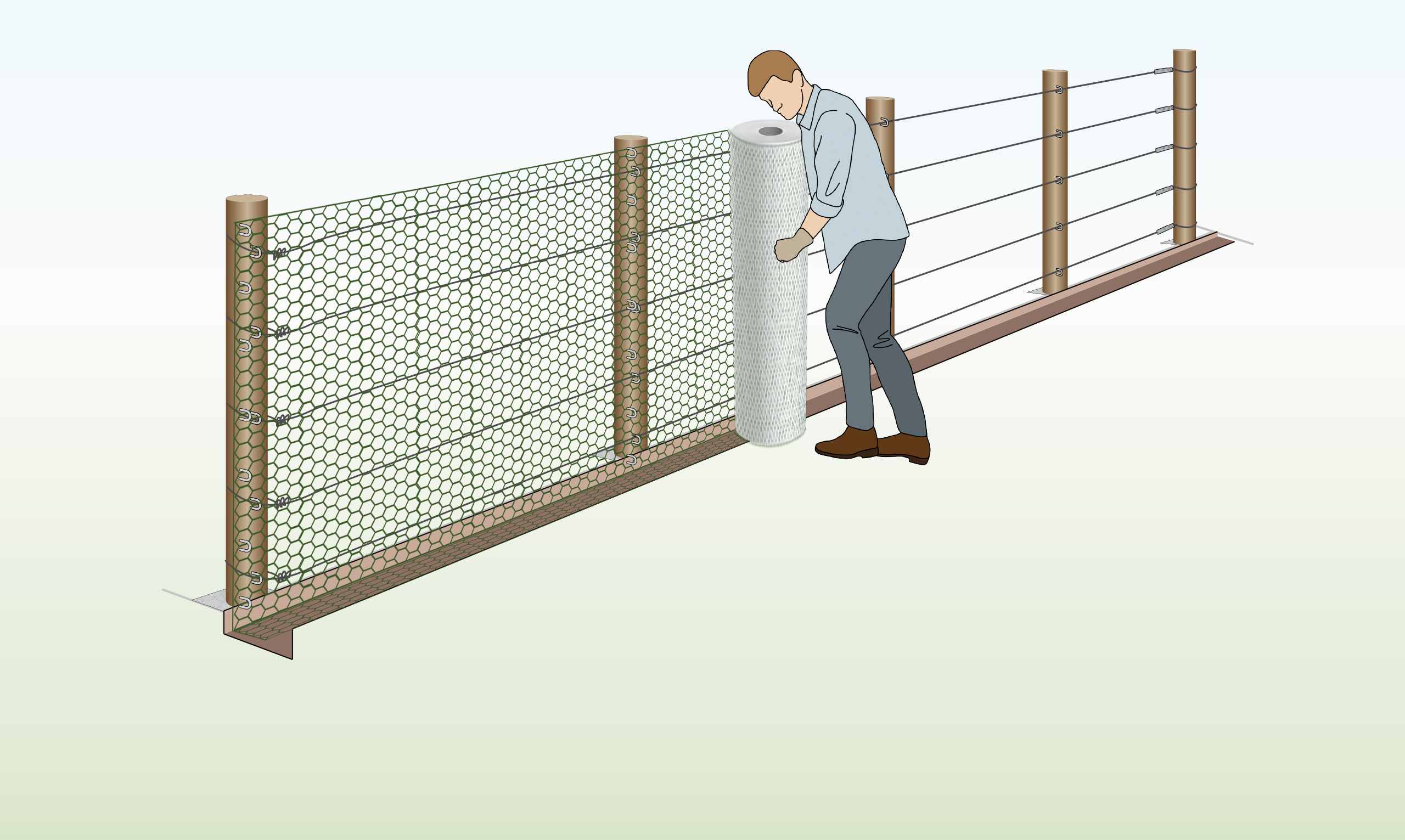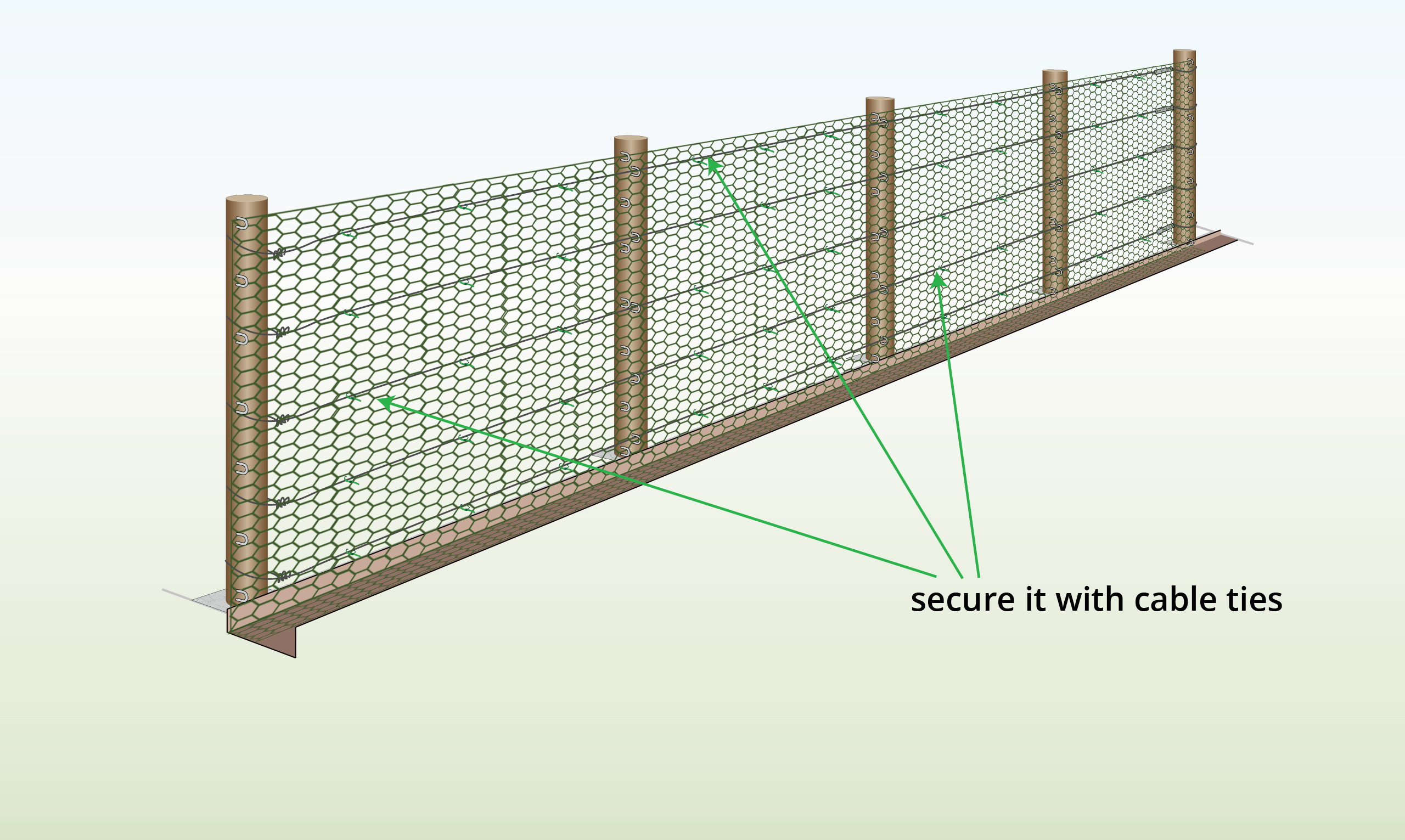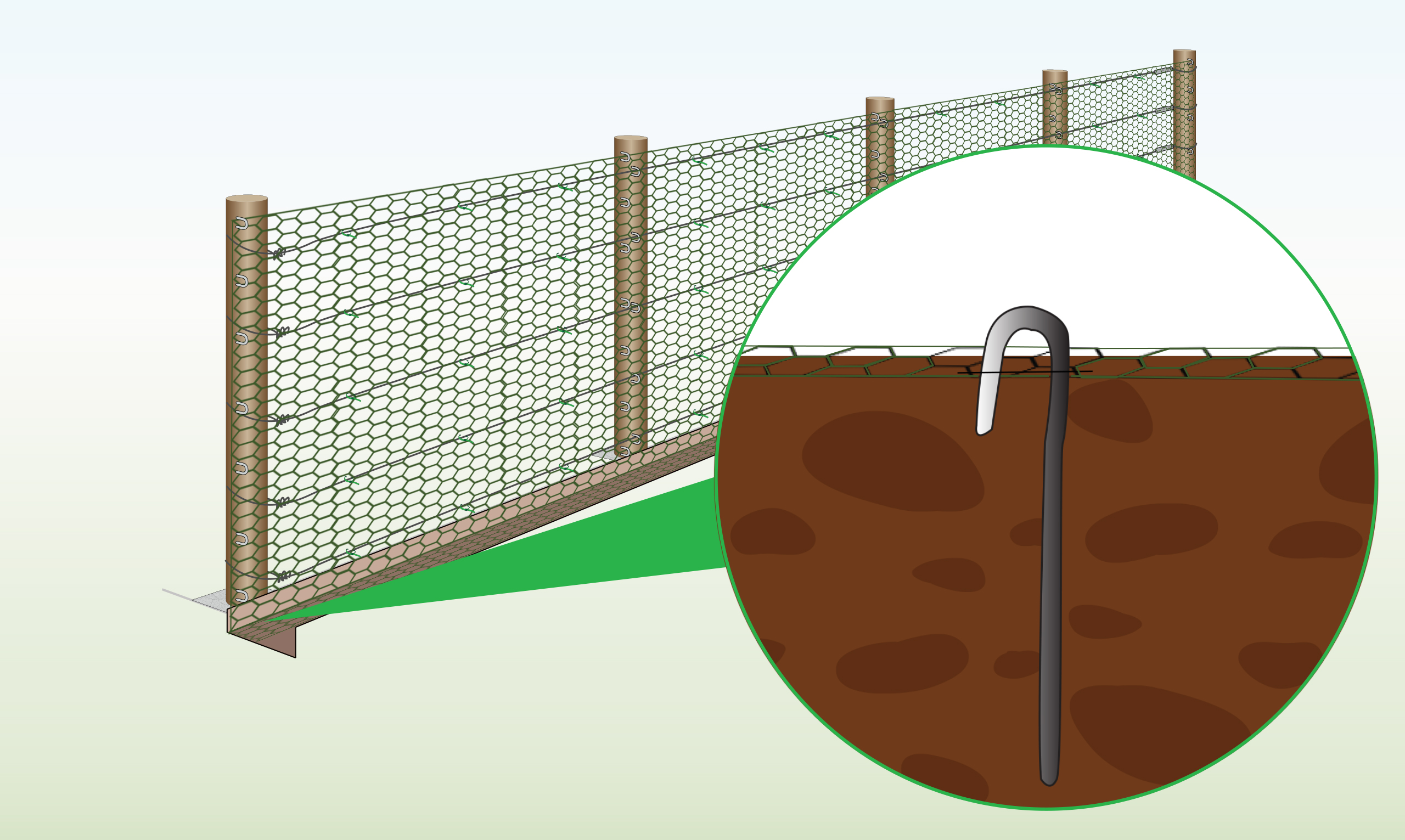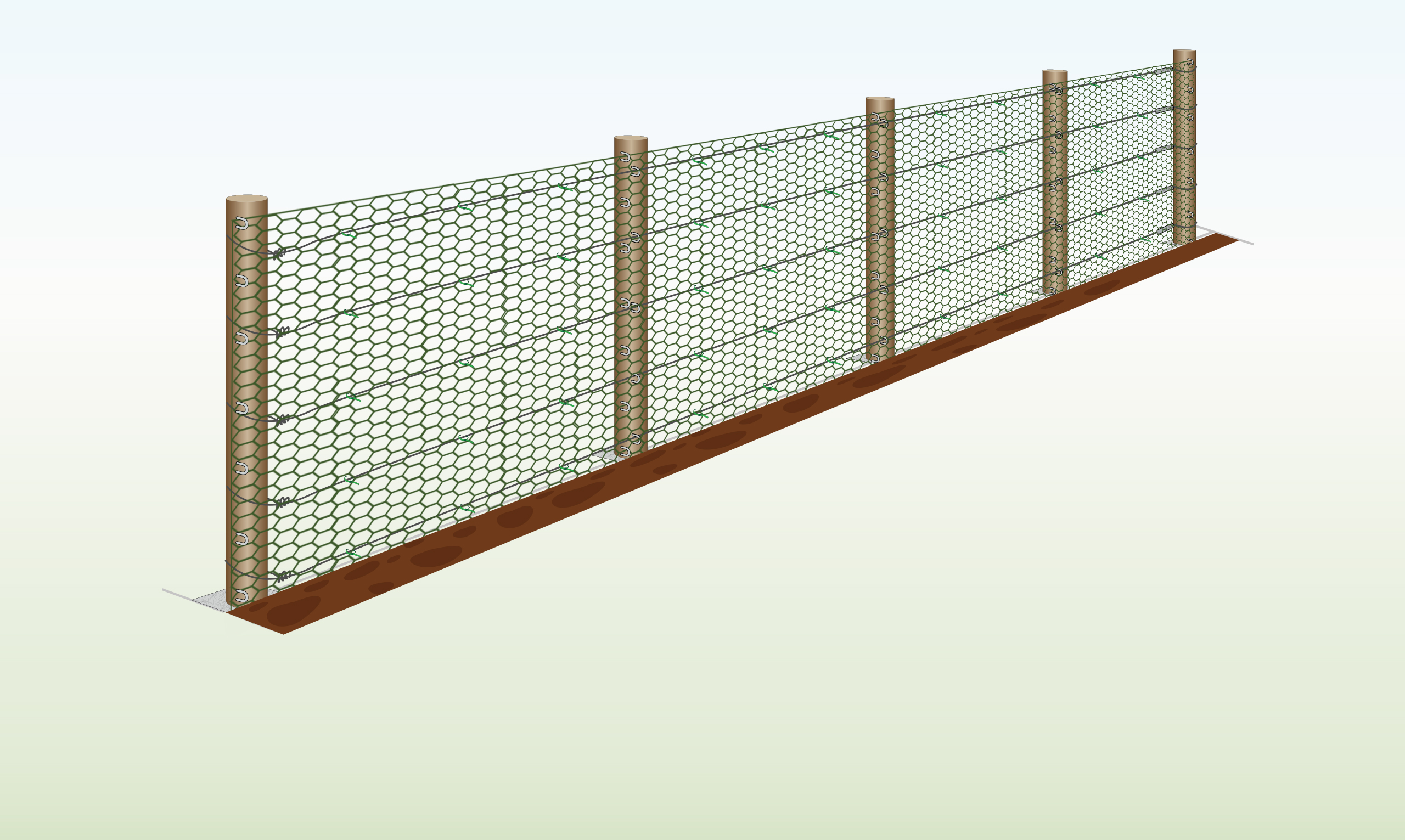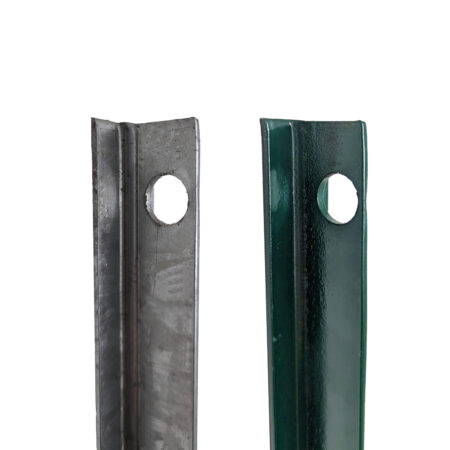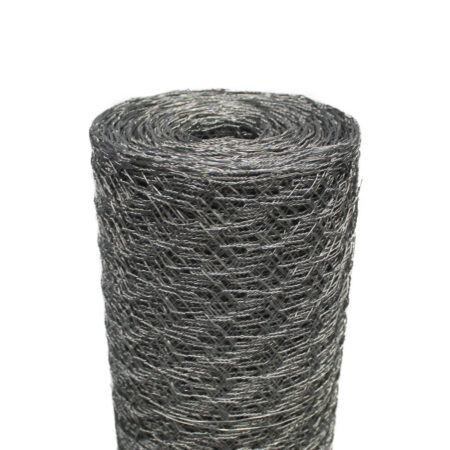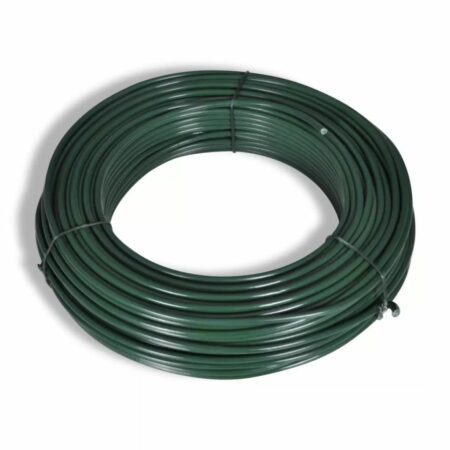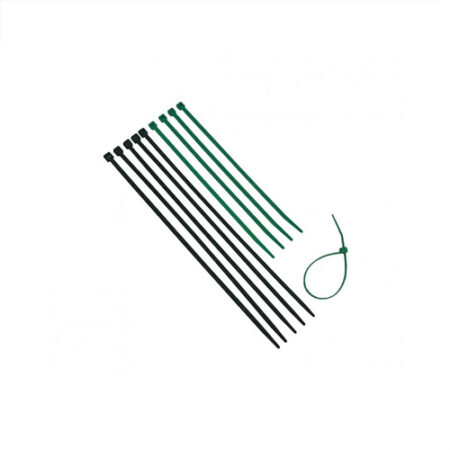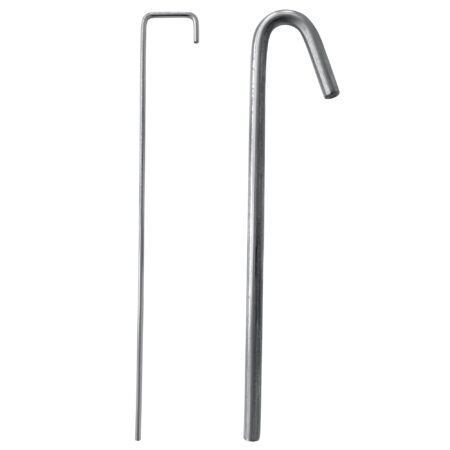Green Chicken Wire
Green chicken wire netting with galvanised core and PVC coating. Used for poultry enclosures, chicken runs, fences, fruit cages, plant support.
Key info:
- High rust & corrosion resistance
- Long-lasting & durable
- Green blends in with the garden
- Easy to unroll, cut & shape
Related: Rabbit Fencing, Chicken Wire Mesh, Plastic Coated Mesh

Product Information: Green Chicken Wire
Videos



Size & Applications
| Mesh Size | Use For: |
| 13mm x 13mm | Fruit cages / Keeping out wild birds / Rodent protection |
| 25mm x 25mm | Chicken runs / Light weight fencing / General garden use / Small animal enclosures |
| 50mm x 50mm | Chicken coops / Poultry enclosures / General purpose / Fencing |
Properties
| Property | Description |
| Material & Construction | Galvanised steel, coated in smooth protective PVC (polyvinyl chloride) |
| Resistance | Corrosion and rust resistant surface |
| Appearance | Green hexagonal pattern |
| Handling | Lightweight & malleable. Easy to cut & shape. |
| Biodegradable | No |
| Protecting exposed steel | Rust may occur where new cuts are made if untreated steel is exposed. Protect with galvanised spray or paint |
Installation Instructions
With T Posts
With Extra Security
| To Do | Explanation |
| Step 1 – Mark Area
|
Draw a straight line for the fence between the two posts located at each end. |
| Step 2 – Measure Post Distance
|
Employ a tape measure to mark the positions of the posts, ensuring they are spaced 2 to 3 meters apart.
To improve stability, reduce the distance between your fence posts. |
| Step 3 – Install End Posts
|
Use a post driver or mallet to embed the end posts 50cm into the ground.
Ensure that the holes of the posts are oriented towards each other to maintain consistent alignment. |
| Step 4 – Check for Same Height
|
Secure a length of string between the end posts, then verify that they are installed at the same height by employing a tape measure. |
| Step 5 – Check for Straightness
|
Use a spirit level to confirm that the posts have been installed completely straight. |
| Step 6 – Set in Concrete (Optional)
|
For a stronger and more secure fence, place your posts in concrete by excavating a 50cm hole and pouring cement for the post to settle in. |
| Step 7 – Install Middle Posts
|
To set up middle posts, repeat steps 3 through 5.
Make sure that the posts are oriented in the same direction and are installed both straight and at equal heights.
You may also reinforce the middle posts with concrete for additional strength. |
| Step 8 – Install Tension Wire (Optional)
|
When working with lightweight mesh, consider attaching a tension wire between the end posts to prevent any potential sagging.
Wrap the tension wire around the hole of the end posts and secure it by twisting the end of the wire with pliers. |
| Step 9 – Attach Mesh to End Post
|
Fasten the mesh to the end post using cable ties, threading them through the pre-drilled holes in the post.
You can further reinforce the attachment by adding additional cable ties around the entire post. |
| Step 10 – Pull Tight
|
Pull the mesh taut and then fasten it to the second post using cable ties, being careful not to pull too tightly.
Repeat this procedure until you reach the end post. |
| Step 11 – Attach to Tension Wire (Optional)
|
If you’ve installed a tension wire, use cable ties to secure the mesh to it, spacing them roughly 30-45 cm apart. |
Attachments
| Attach to: | How to: |
| Wood/ Wooden Posts(Staples) |
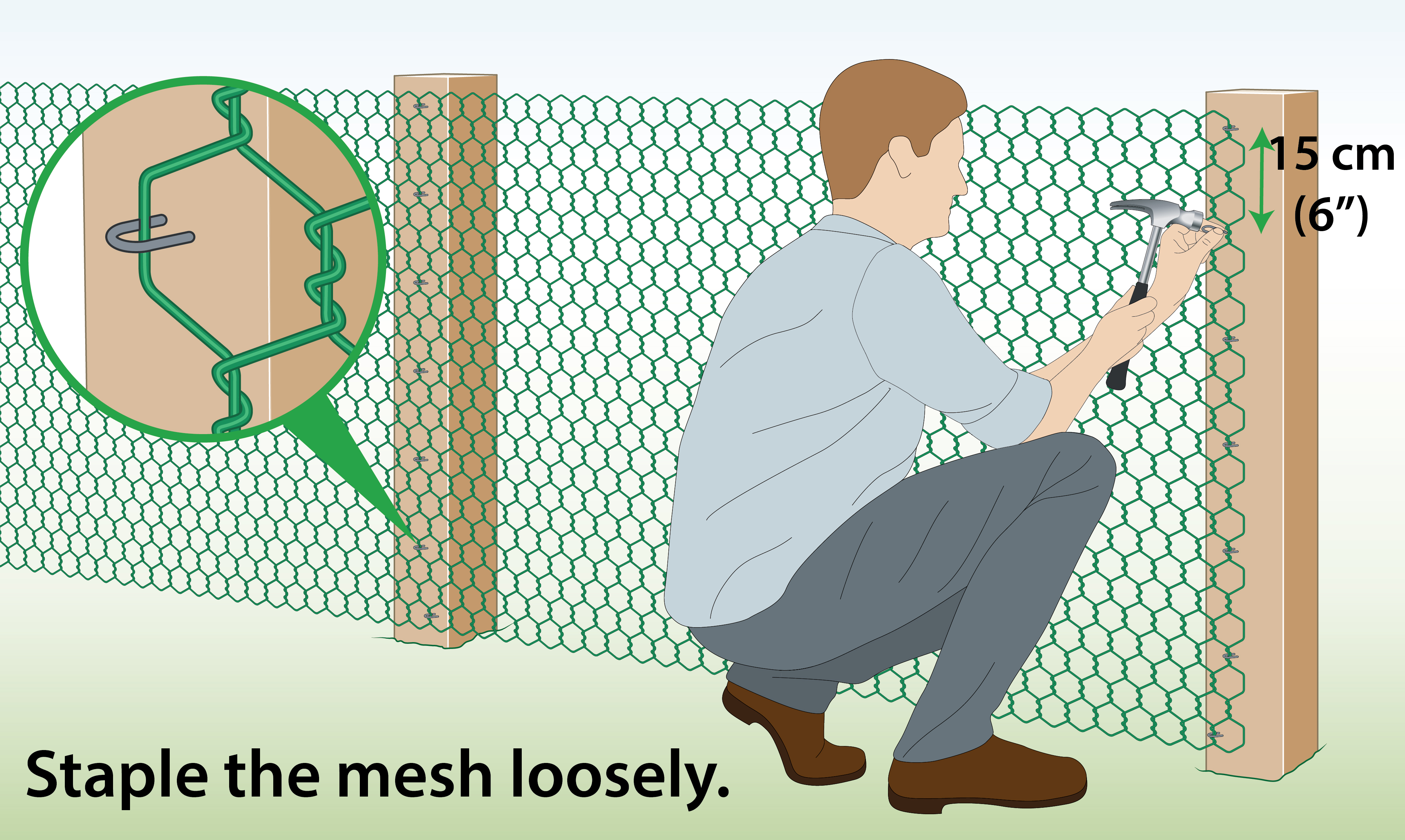 |
| Metal/ Metal Posts(Cable ties) |
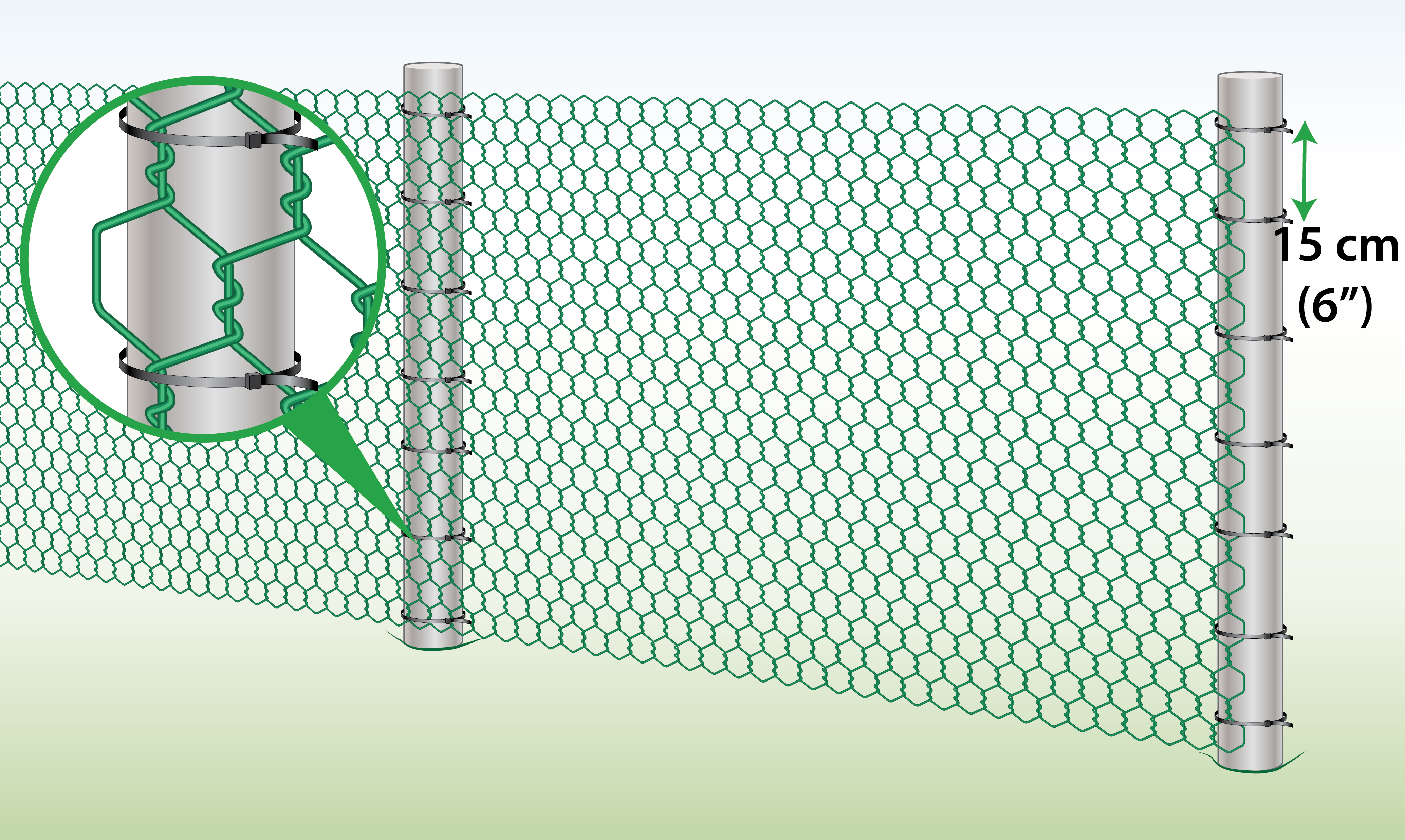 |
| Soil
(Pegs) |
 |
| Wire Fence |  |
FAQs
Can I use this wire netting to deter predators?
Yes, although it will not protect against predators. To deter digging animals, lie the mesh around the outer areas of your coop and then cover with dirt. Once the predator comes into contact with it, it will likely stop.
How do I install plastic chicken wire to a fence or coop?
- Unroll the fence, weighing down one end as you do so, to make it easier
- Use a set of cutters to create your desired length. Wear protective gloves
- Fold an inch of the fence over either side to avoid sharp edges
- Using a staple gun, the fence can then be attached to posts or to the outside of the coop

